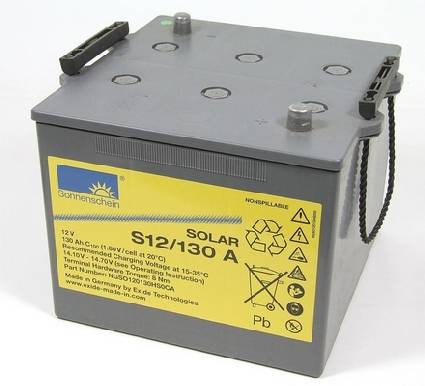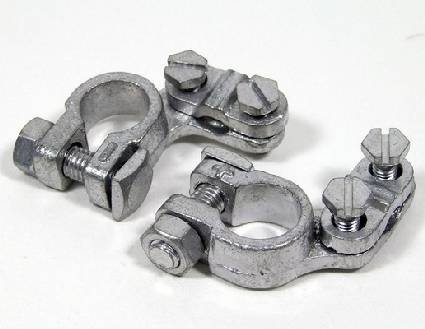Do-It-Yourself Solar-Powered PC: Technical Foundations
Generate Your Own Juice
Automatic tracking gear is the key to successful solar power generation
Our project qualifies as a so-called insular solar system, which has no connection to the power grid. This confers the advantage of eliminating any need for a transformer to convert our solar panel output to standard 110-120V, 60 Hz AC power, and lets us connection our PC system directly to the solar panels using only a voltage regulator. At night or on especially cloudy days we can turn to a backup battery for power, which we keep charged up during sunny daylight hours. Even in Germany, where we conducted this experiment, the sun's rays are sufficient to meet our energy needs more than 80 times over. Our solar array makes PC users indifferent to energy prices, and offers lots of potential for optimization and further experimentation. Once paid for, the equipment involves very little ongoing costs, including costs for energy.
In fact, there are some situations where energy generation using solar cells is the only option, including locations not connected to the power grid. Thus, for example, various mountain cabins in Bavaria do not have power hookups, and face costs upward of $35 per foot to run power cables to make a connection. There are also expensive grounding and connection costs involved as well, which makes some of these hookups far from simple. Even if somebody wanted to connect to the grid, it's possible that environmental regulations might not allow cables to be run, and costs quickly surpass $30,000 or more to make the connection.
Germany also has an extensive system of public gardens, called Schrebergarten, where individuals can rent small strips of land on which to grow vegetables, crops, and other plants. Very often, these small plots include small garden huts or outbuildings, that have no access to the power grid, either. The only source for electricity in this situation is solar power. Some might seek to argue for diesel or gasoline generators instead, because they're available for a few hundred dollars on the open market. While it's true that a generator might be a simpler and cheaper solution for powering a PC, not everybody is ready to put up with the noise and pollution that such systems also produce, in addition to power.
Special solar batteries for use with solar cells: 130 Ah capacity
Precision measurements: Power readings from the Voltech PM 3000A detail power yields from solar energy
The applications for solar power are broad. For example, an author or a scientist can work in peace and quiet, far from civilization, without requiring any contact with the outside world. This kind of system also makes it possible to process and enhance photos and videos, and even permits camera batteries to be recharged using solar energy. Don't forget, either, that for many users, a completely solar-powered PC can become something of a sociopolitical statement as well.
Get Tom's Hardware's best news and in-depth reviews, straight to your inbox.
Tom's Hardware Solar Project: Thick copper cabling required
The battery clamps for the storage cells are like those from a car
Current page: Generate Your Own Juice
Prev Page Solar-PC: Turning Sunlight Into Computing Power Next Page 1,800 Hours Of Annual Sunlight



